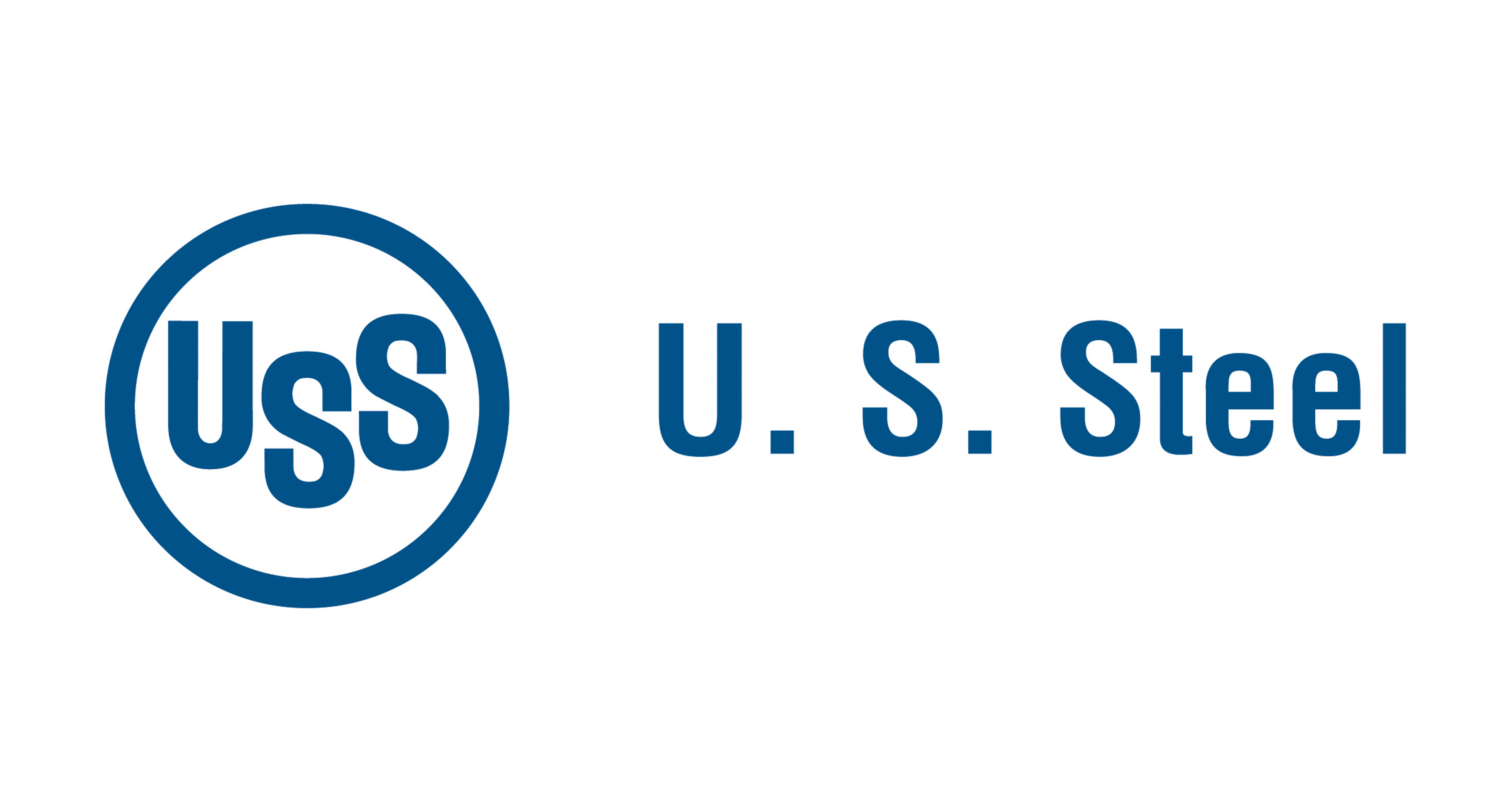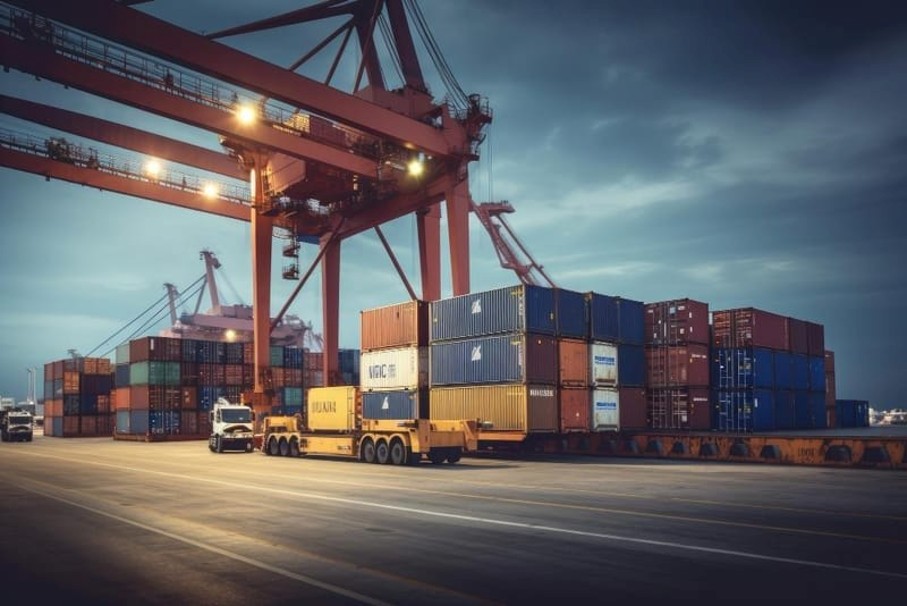Government/Policy
November 10, 2024
Price on Trade: Expect Trump 2.0 to build upon Trump 1.0
Written by Alan Price & John Allen Riggins
After a frenzied election cycle, Donald Trump will return to the White House with an amplified trade agenda. In the campaign’s final days, then-candidate Trump mused about imposing 500% tariffs on Mexican automobiles, making European exporters “pay a big price,” and replacing the income tax with tariffs. Though some of these proposals may be negotiation posturing, the second Trump administration will once again use available trade tools aggressively to accomplish economic, diplomatic, and national security objectives. As campaign rhetoric crystallizes into executive action, a comprehensive trade agenda will come into sharper focus.
The second Trump Administration will likely double down on trade tools used during the first administration and deploy the International Emergency Economic Powers Act and other tools in new and creative ways. During the campaign, the president-elect suggested his administration would impose tariffs of at least 60% on all Chinese goods and 10-20% blanket tariffs on imports from all other countries. President-elect Trump has indicated that duties may be used to pressure China on unfair trade practices, force Mexico to stem migration and Chinese transshipment, and generally narrow the US trade deficit. Because these actions do not require Congressional action, the administration is likely to move early and boldly to deploy its existing trade authorities.
Some may believe this is just campaign hyperbole, but skeptics would be wrong to think tariffs will be watered down before they are rolled out. If the previous Section 232 and 301 measures are any guide, once duties are announced, after a short negotiating period, they will likely stay in place against most countries.
Responding to retaliatory tariffs from the EU may be one of the first insights into the new administration’s approach to trading partners. In the US – EU Arrangements on Global Steel and Aluminum Excess Capacity and Carbon Intensity, the EU agreed to suspend retaliatory tariffs on certain US imports. In exchange, the Biden administration agreed to swap Section 232 tariffs on steel and aluminum for a tariff rate quota on EU imports. The EU’s tariff suspension expires on March 31, 2025—just two months after inauguration. President-elect Trump and his new US Trade Representative will have an early opportunity to test the EU’s resolve for retaliatory tariffs. It is unlikely that retaliatory tariffs will deter the new administration from imposing trade measures. Any move by the EU to restore tariffs will likely elicit renewed Section 232 duties of 25% on steel and aluminum from the EU.
The new administration may also closely monitor the EU’s Carbon Border Adjustment Mechanism (CBAM) for negative impacts on the United States. Under this program, which becomes fully effective in 2026, the EU adjusts the “carbon price” on steel imports to match the domestic price of carbon production. In practice, steel with high levels of embedded carbon emissions—such as steel produced in Southeast Asian blast furnaces—will effectively be unable to penetrate the EU market. Exporters of high-emission steel will be forced to divert their production to other markets, including the United States. When that happens, the Trump administration could put in countermeasures to offset exports diverted due to CBAM. This would not be done as a climate measure but to offset the EU’s attempt to regulate the world by shifting burdens to third countries.
Closer to home, the US-Mexico-Canada Agreement (USMCA) will be up for review in July 2026. While most commentators have assumed that the Trump administration would use this process to renegotiate the agreement, USMCA contains a provision allowing for withdrawal with six months’ notice. As a result, it would not be surprising to see a serious negotiation prior to the six-year review. The Trump administration is likely to use both vehicles to renegotiate many aspects of USMCA that Mexican and Chinese producers have exploited. In particular, the administration will likely renegotiate USMCA’s domestic steel and aluminum requirements and automotive Rules of Origin provisions, respond to steel and aluminum import surges, and address various trade-related disputes with Canada, among other items. President-elect Trump has also signaled that a renegotiated USMCA would target Chinese transshipment of auto parts through Mexico. And, of course, illegal immigration will be part of the discussion.
President-elect Trump will have greater support from Congress in pursuing his trade agenda compared to his first term. As of publication, Republicans will control the Senate with at least 53 seats. The Republican’s comfortable Senate majority gives President Trump greater latitude to nominate Senate-confirmed positions that will implement his trade agenda, such as the US Trade Representative, Secretary of Commerce, and numerous undersecretaries. It is not yet known who will control the House of Representatives, but it appears that Republicans will maintain their slight majority. As the Republican party reshapes itself to reflect President Trump and its changing constituency, old-line Republican free traders should have less of an ability to block or water down ambitious trade initiatives, including legislation needed to modernize the trade laws as China and many others exploit existing loopholes.
It is unclear whether the administration and Congressional Republicans will use control of Congress to repeal portions of the Inflation Reduction Act (IRA). During the campaign, President-elect Trump was a vocal critic of the IRA, pledging to “rescind” unspent IRA funding. However, this comes with real political risk. Domestic manufacturers benefited from various IRA programs. Repealing portions of the IRA could stall projects currently underway or lead to layoffs at facilities that have increased production to take advantage of the IRA.
Whether the IRA continues in its present form or not, reshoring manufacturing industries and counteracting China’s economic influence will continue to drive the Trump administration’s trade policy. The administration’s approach will necessarily evolve and become more expansive as Chinese steelmakers find new routes to target the United States, including through Mexico, Canada, and other countries with trade preferences. Whether that means 10% duties or 60% duties is a question that will be answered.
The final and most important thing we learned from the first Trump administration is to expect a heightened level of unpredictability. So be ready for pivots, turns, acceleration, and sudden stops and starts with a focus on America First.
Editor’s note
This is an opinion column. The views in this article are those of experienced trade attorneys on issues of relevance to the current steel market. They do not necessarily reflect those of SMU. We welcome you to share your thoughts as well at info@steelmarketupdate.com

Alan Price
Read more from Alan Price





